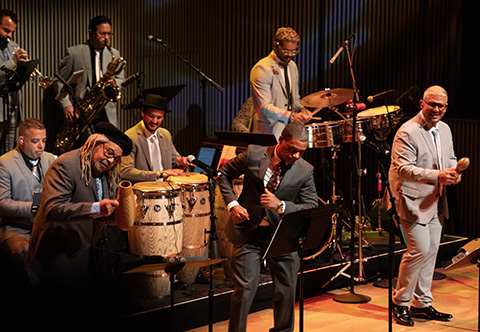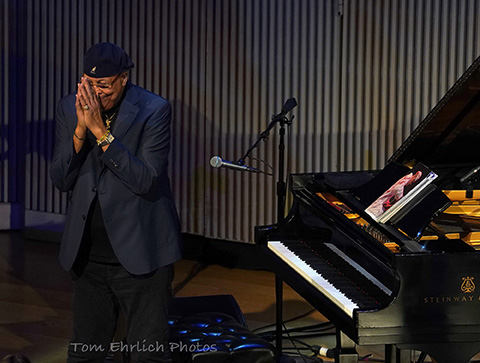Archivo
Lo Nuevo[hide]
Reportes: From The St... : Cubadisco 2...
Fotos: Tom Ehrlich
Staff: Kristina Lim
Musicos: Juan Formell
Musicos: Yordamis Megret Planes
Musicos: Yasser Morejón Pino
Musicos: José Luis "Changuito" Quintana...
Musicos: Dennis Nicles Cobas
Fotos: Eli Silva
Grupos: Ritmo Oriental : 1988 - Vol. IX - 30 a...
Musicos: Rafael Paseiro Monzón
Musicos: Jiovanni Cofiño Sánchez
Fotos: Tom Ehrlich : 2024 Monterey Jazz, P...
Resenas: Vacilón Santiaguero (Circle 9 ...
Fotos Del Día [hide]
La Última
Afro-Cuban All Stars at SFJAZZ
Thursday through Sunday
UPDATE: Added photos from Tom's upcoming gallery from the Thursday night show.
Tom Ehrlich was on hand for Thursday night's show - photos & review forthcoming. Click here to buy tickets for the rest of the weekend. Sunday's show is a matinée. See you there!
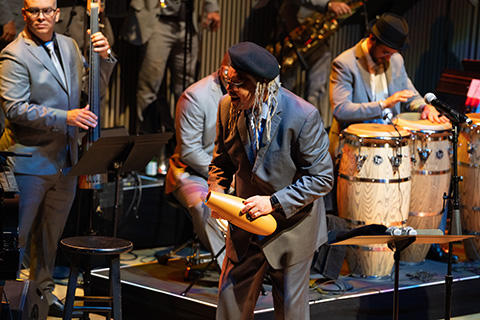
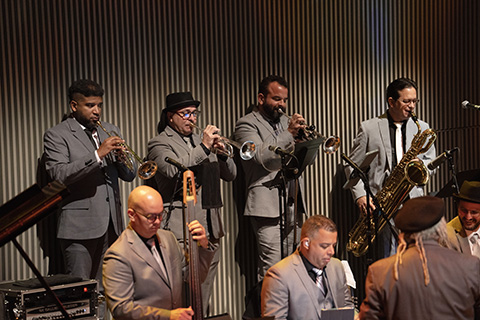
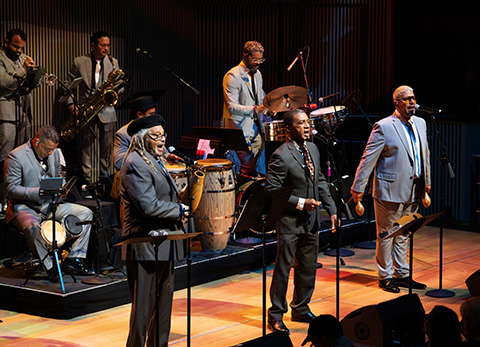
RIP Eugenio Arango
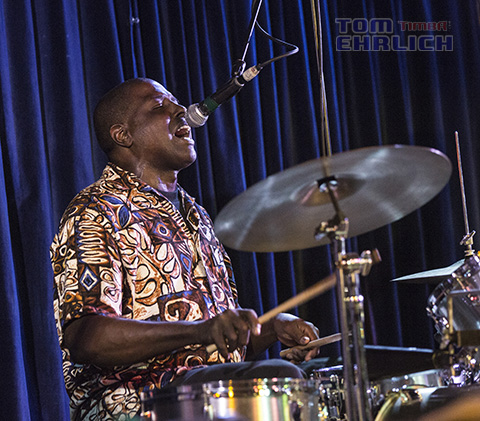
Eugenio Arango, the master pecussionist and founding member of Los Hermanos Arango has passed away well before his time. He's left behind a legacy of tremendous music. Tom Ehrlich posted some excellent interview and performance video here = https://www.facebook.com/671512751/videos/771087131674254/)
Axel Tosca & Xiomara Laugart in the Bay Area
Thursday Through Sunday at The Black Cat in SF
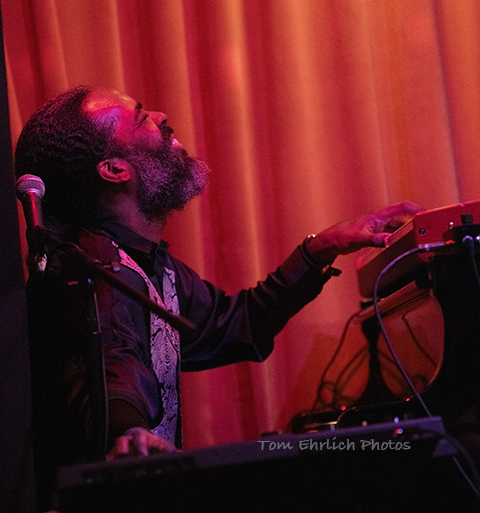 Axel Tosca
Axel Tosca
Tom Ehrlich was blown away by Thursday night's performance of the Axel Tosca Trio, featuring legendary Cuban vocalist Xiomara Laugart -- still at the peak of her powers -- with Yunior Terry on bass and Diego Ramírez on drums. Bandleader Axel Tosco, Xiomara's son, was the original pianist of the Pedrito Martínez Group.
There will be two shows per night, Friday through Sunday at the Black Cat Jazz Supper Club in San Francisco.
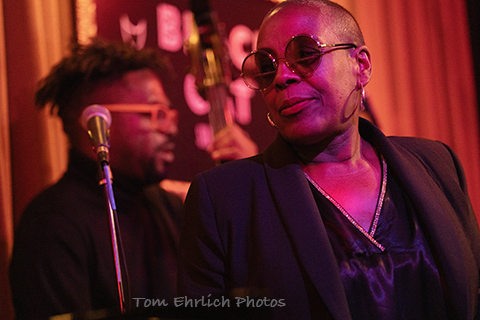 Xiomara Laugart
Xiomara Laugart
Recording with Pupy Pedroso (on his 1995 solo LP), Pablo Milanés, Yerba Buena, El Tosco of NG La Banda. and many others, Laugart established herself as one of the top vocalists of her generation before relocating to New York City, where she's had a long career, including playing the lead role in the off-Broadway production of Celia: The Life and Music of Celia Cruz.
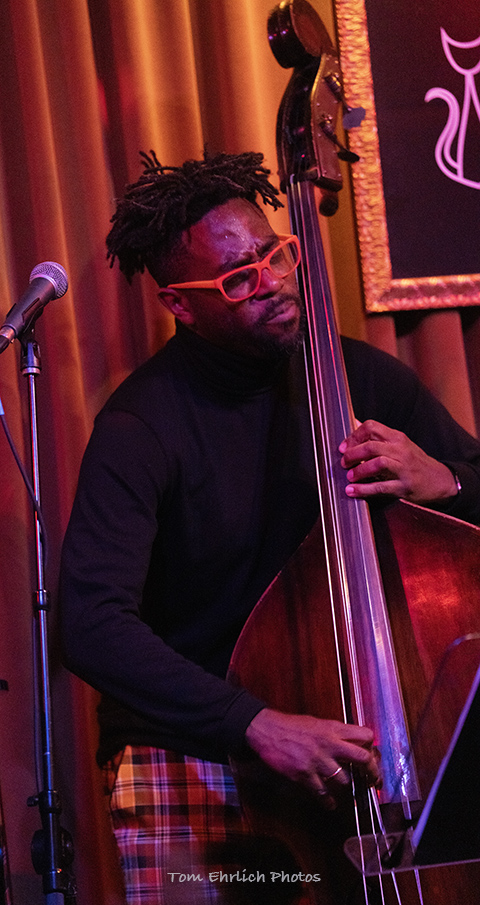 Yunior Terry
Yunior Terry
Well known to timba.com readers, Yunior Terry is from the lengendary Cuban family that includes, Yosvany Terry, Don Eladio Terry, and Lydia Cabrera among others. He's played and recorded with just about everyone on the current Latin jazz scene.
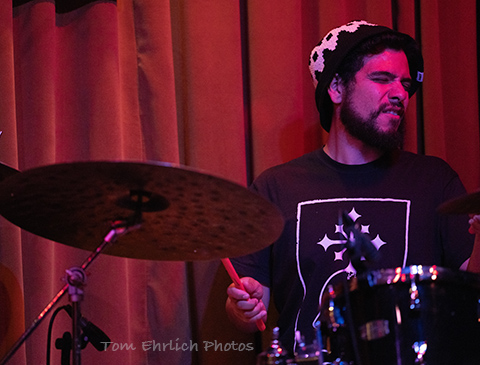 Diego Ramírez
Diego Ramírez
Diego Joaquín Ramírez is a rising star drummer, born in Ireland, of Guatamalan heritage and currently living in Brooklyn.













